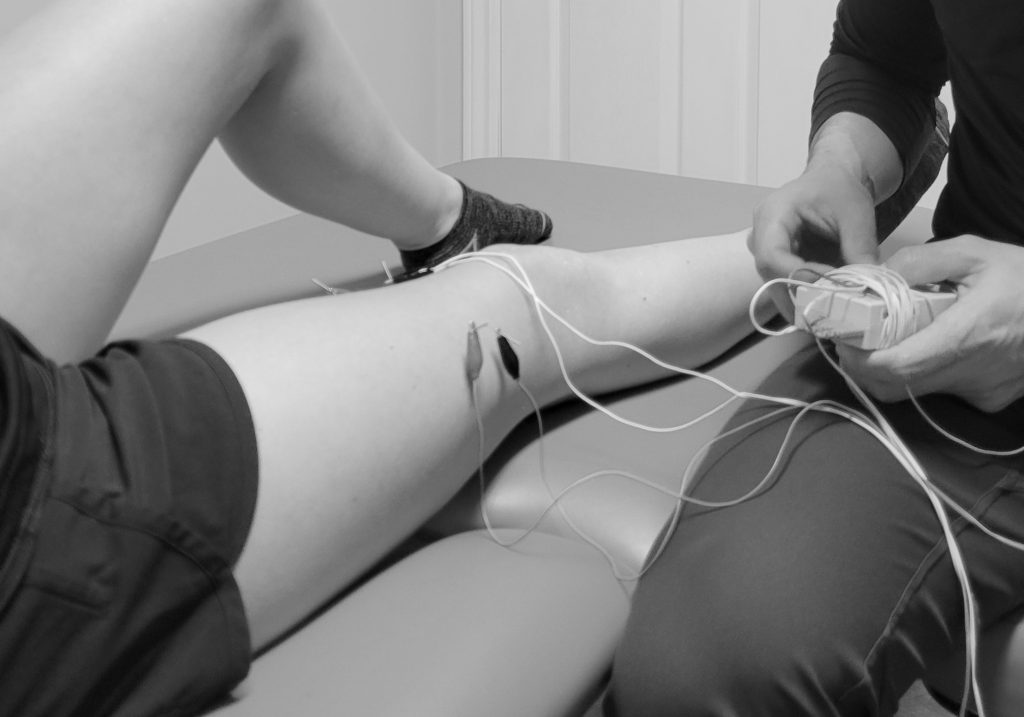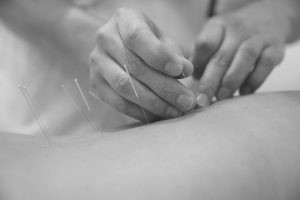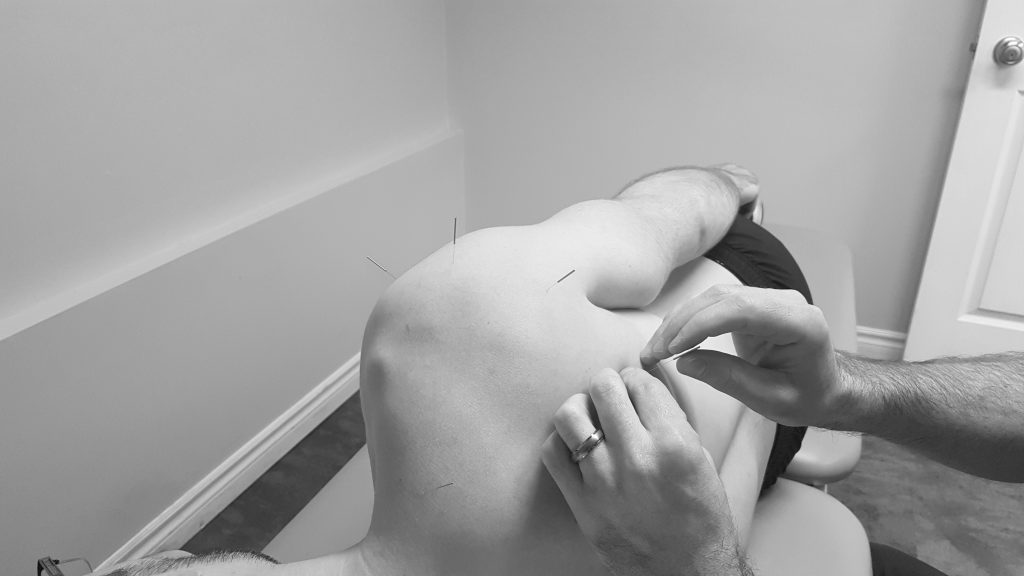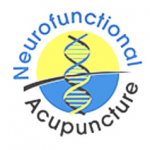Contemporary Acupuncture
What is Contemporary Acupuncture?
Contemporary Acupuncture (also known as Western Acupuncture, Medical Acupuncture, or sometimes Neurofunctional acupuncture), takes an ancient therapy and re-defines its mechanisms and effects using present-day scientific understanding of human physiology. In contrast to Traditional Chinese Acupuncture, your practitioner treats you only after a conventional medical diagnosis has been made. Your practitioner will then use acupuncture as a treatment modality alongside other therapeutic approaches, as needed, and as part of an overall treatment plan.
What is the Theory Behind using Contemporary Acupuncture as part of Chiropractic and Physiotherapy Care?
The contemporary scientific explanation of acupuncture is that needling certain points in the body stimulates the nervous system to release chemicals in the brain, spinal cord and muscles. These chemicals will change the experience of pain, or they will trigger the release of other chemicals and hormones which influence the body’s own internal pain regulating system. The improved energy and biochemical balance produced by acupuncture also results in stimulating the body’s natural healing abilities. In addition, acupuncture also promoting physical and emotional well-being, the effects of which accumulate as treatment is repeated over time.
Intermuscular Stimulation (IMS) Needling vs Dry Needling vs Acupuncture: What’s the difference?
It’s a common question that comes up in the clinic when needling procedures are proposed as part of a patient’s treatment plan. It’s not surprising that most people have heard of acupuncture given it dates back to 100 BC . In comparison, dry needling and IMS are relatively new techniques in the Physiotherapy and Chiropractic disciplines, and are products of new research in the field of pain science. What’s even more confusing is that although their purpose may be fundamentally different, these techniques often use the same needles for application. Hopefully this explanation can help differentiate:
Dry needling targets trigger points in the muscle. These are portions of the muscle that are tender to touch and may cause pain in the area of pressure or pain that spreads into different body parts. Trigger points can arise from repetitive movement, improper tissue loading, poor postures or excessive physical or emotional stress. Dry needling aims to release these tender areas and alleviate any local and radiating pain in the process. Unlike acupuncture, only a single needle is used at a time. The needle is not left in the skin for any period of time, rather it is moved through the trigger point area, often eliciting muscle contractions. There is usually a short period of soreness following treatment before relief is achieved.
IMS (Intra muscular stimulation) is very similar to dry needling in term of application technique and patient experience. The main difference from dry needling is in its purpose: while dry needling targets pain that is musculoskeletal in origin (the trigger points within the muscle), IMS is used in the treatment of neuropathic pain. Neuropathic pain results from a maladaptive change in the sensory system following an injury that causes normal sensations to be interpreted as pain. This type of pain is often present in chronic pain conditions.
Acupuncture is generally considered the more gentle treatment of the three, with multiple needles being inserted into the body and left for longer periods of time. Traditional acupuncture is based around the idea of restoring the body’s energy flow, Qi, whereas contemporary acupuncture is an evidenced based adaptation. Both use similar needle points located along meridian lines of the body, however, unlike dry needling or IMS that focus on specific muscle groups or nerve endings, acupuncture aims to stimulate full-body affects such as endorphin release, anti-inflammatory release and circulation promotion. These in turn can moderate pain levels, as well as muscle, nerve, and organ function throughout the body.
While these methods are fantastic tools to help manage pain and enable function in certain people, keep in mind that they are are most effective when combined with other management strategies such as exercise, education and postural awareness.
Who Provides Acupuncture or Dry Needling at Pro Function?
Both Chiropractors and Physiotherapists at Pro Function are certified Contemporary Acupuncture and Dry Needling techniques. Dr. Joseph Greenwood (DC), Dr. Nicole Thornicroft (DC), Dr. Jordan Kersten (DC), Kat Fraser (PT), Troy Seely (PT) and Angela Growse (PT) are all certified acupuncture providers.





